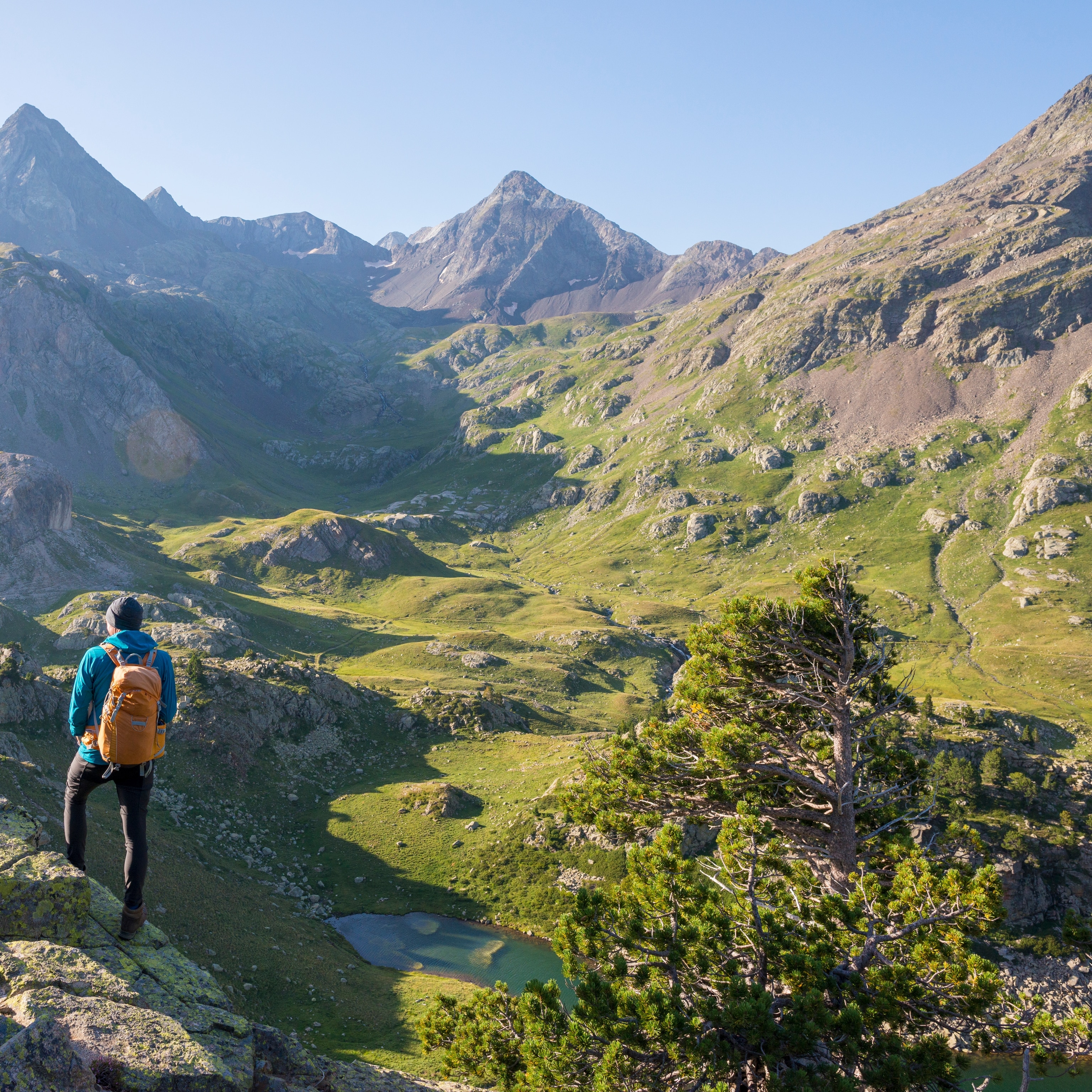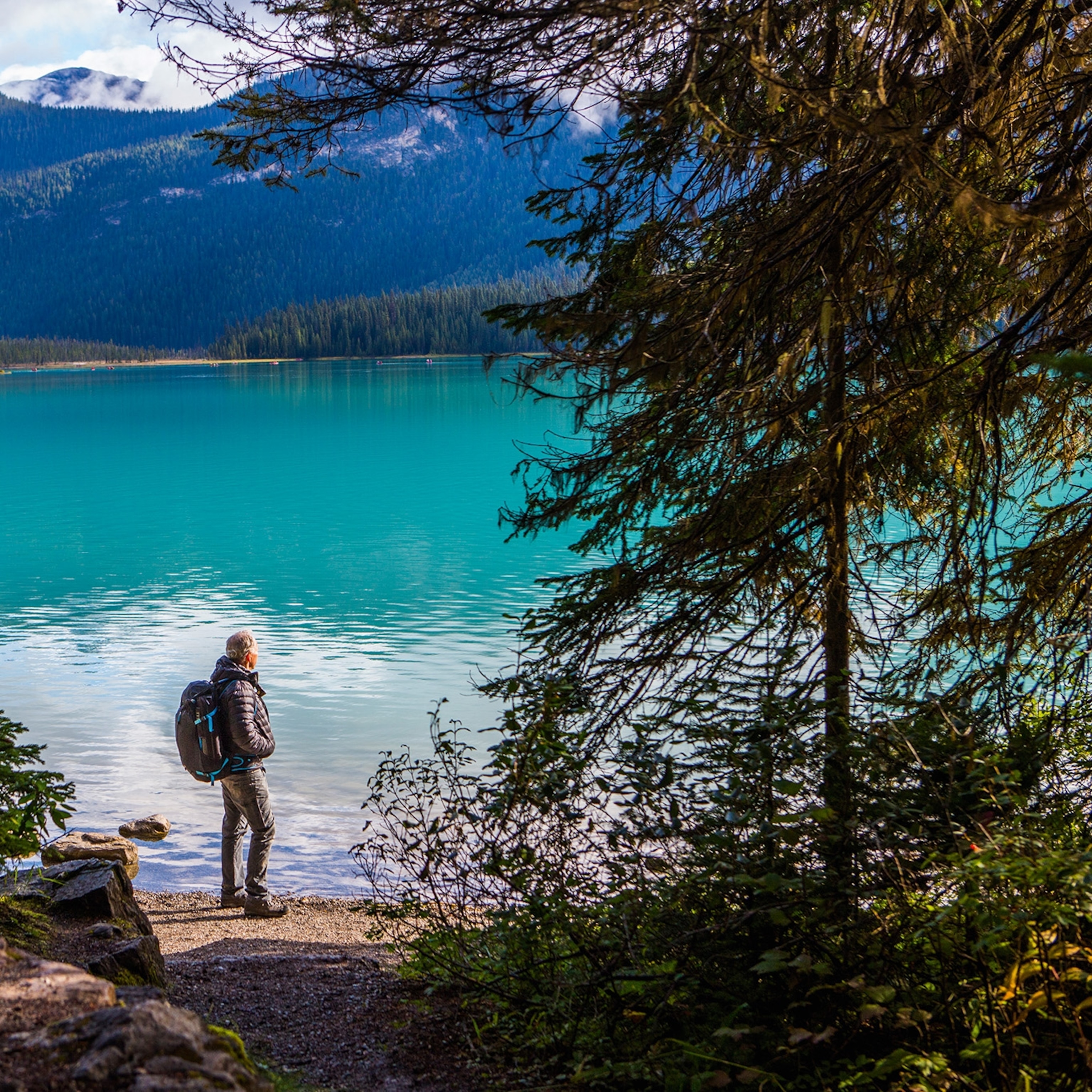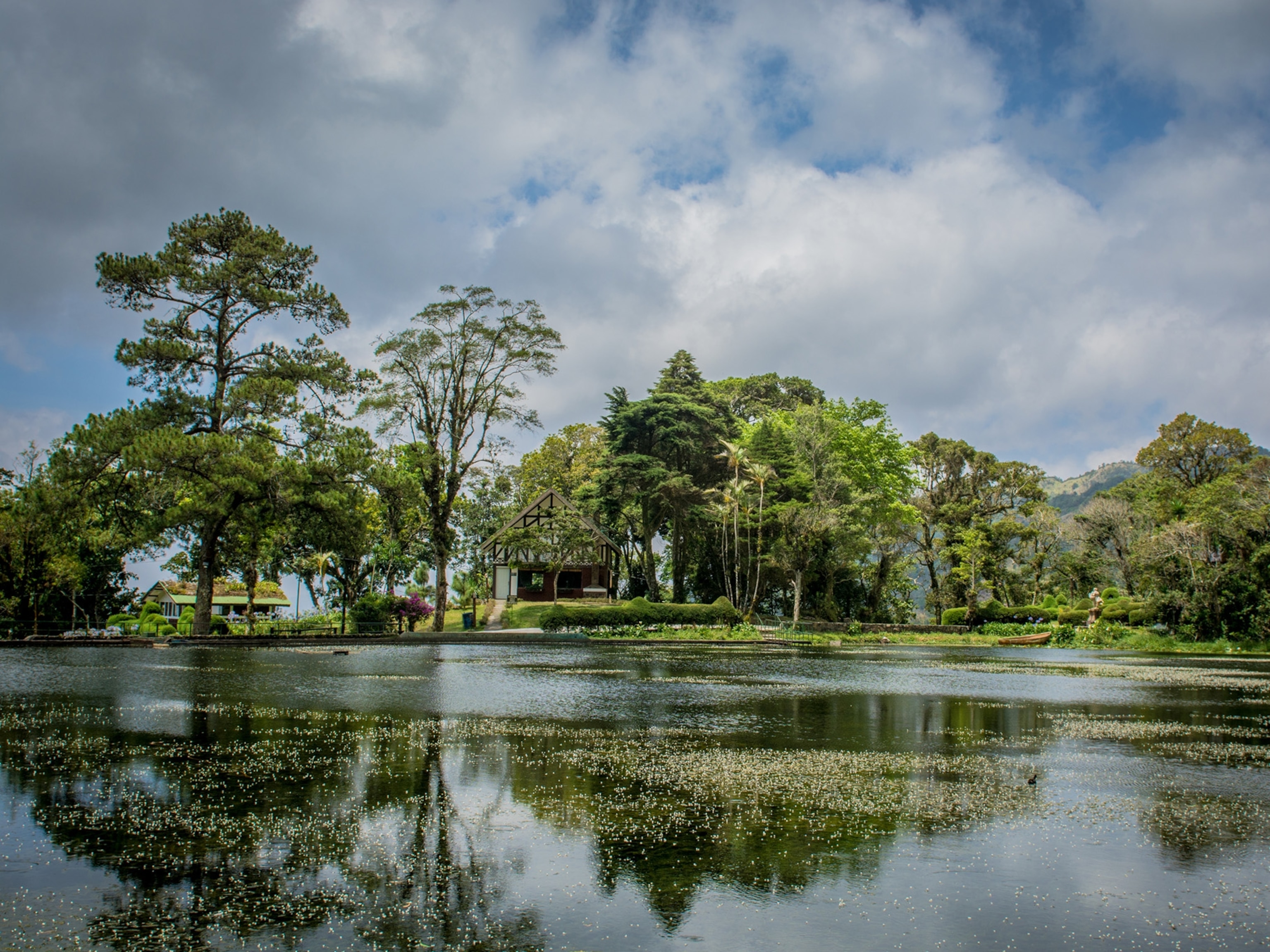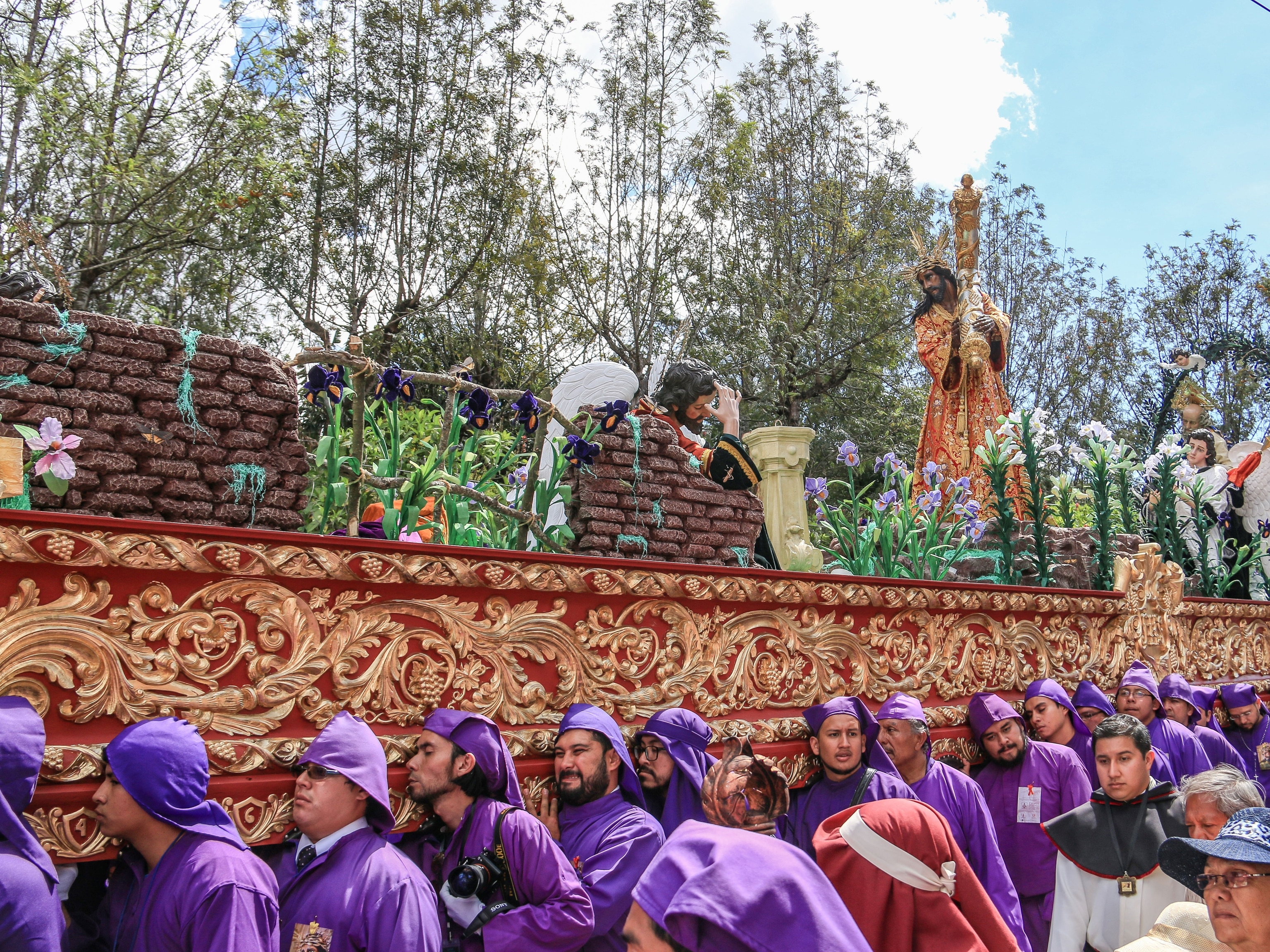Everything you need to know about climbing Mount Kilimanjaro
To summit Kilimanjaro is an expedition of a lifetime. Whether you’re a seasoned mountaineer or a first-timer, there are key questions to consider before tackling the Tanzanian peak.
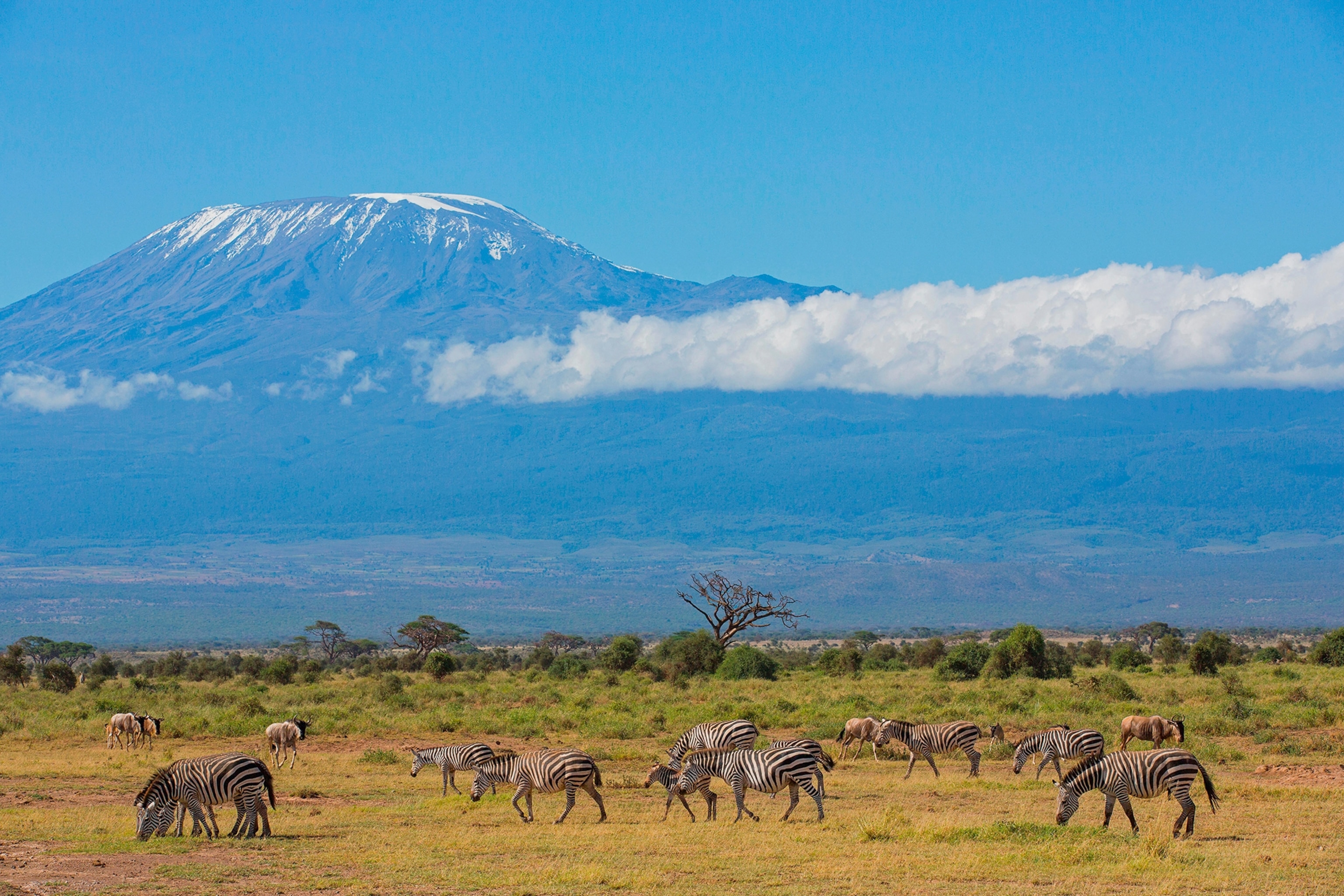
A sunrise ascent of Tanzania’s Mount Kilimanjaro while taking in panoramic views across the savanna is an unforgettable experience. Soaring upwards from the Tanzania-Kenya border, Kilimanjaro is Africa’s highest mountain at 19,340ft, one of the Seven Summits and the world’s highest standalone mountain. Also known as ‘the Roof of Africa’, the dormant volcano’s sheer scale combines with geological intrigue, natural beauty and a rich human history to attract 30,000-plus climbers annually.
In 1887, Chagga tribe member Yohani Lauwo led an expedition that saw Hans Meyer and Ludwig Purtscheller become the first Europeans to reach the summit. Lauwo lived to age 125 and became known as ‘The Old Man of Mount Kilimanjaro’. Today, his grandson Joshua Mlay follows in his footsteps as a guide for Intrepid Travel. “I keep on practising my grandpa’s legacy, because every time I get up there I feel a sense of belonging,” he says.
The trek ascends through five climate zones — bushland, rainforest, heath, alpine desert and finally an icy arctic landscape. A range of wildlife roams the plains, including leopards and elephants, and you trek to a soundtrack of colobus monkey calls and tropical birdsong. At the summit, peer into craters and an ash pit fringed with the ice cliffs of a glacier.
What levels of fitness and climbing experience do I need?
Kilimanjaro is more of a long, high-altitude trek than a technical climb (you don’t need ropes, ice axes or crampons), so it’s suitable for people with no climbing skills. Having a basic level of fitness will make the experience more enjoyable rather than an arduous test of endurance.
If you’re capable of long walks, a few months of regular walks, runs or hikes will build strength and stamina in your legs — plus confidence in your ability. If you lack basic fitness, a longer period of preparation should get you in sufficient shape.
Joshua recommends consulting with your doctor if you have concerns about your fitness or ability to cope at altitude. “Kilimanjaro is doable, but you need to come with a positive mind and very positive vibes,” he says.
How do I choose a guide and tour operator?
Regulations state that climbers must ascend with a local guide. This means any expedition operator based outside of Tanzania will run its tours in collaboration with companies on the ground, contributing to the local economy.
With so many options, it’s important to do your research when considering expedition outfitters. “Make sure the tour operator is licensed by the Kilimanjaro National Park and registered with the Tanzania Association of Tour Operators,” Jon Gupta, of Mountain Expeditions, advises.
Don’t be tempted by the cheapest prices — these can indicate scrimping and saving by any combination of rushing the climb, using poor-quality equipment or forgoing critical items and/or paying unfair wages to porters and staff. Reading online reviews can help to gauge standards.
What are the travel, accommodation and catering logistics?
Numerous airlines fly to Kilimanjaro International Airport. The route you choose will determine your starting point, but many climbers make their way by minibus or taxi to Moshi or Arusha, gateway towns to Kilimanjaro National Park.
During the trek, you’ll sleep in huts or tents provided by the outfitter and carried by porters between camps. Cooks prepare carb-heavy, energy-rich and easily digestible meals, plus local delicacies such as mandazi (African doughnuts), all washed down with stomach-settling ginger tea.
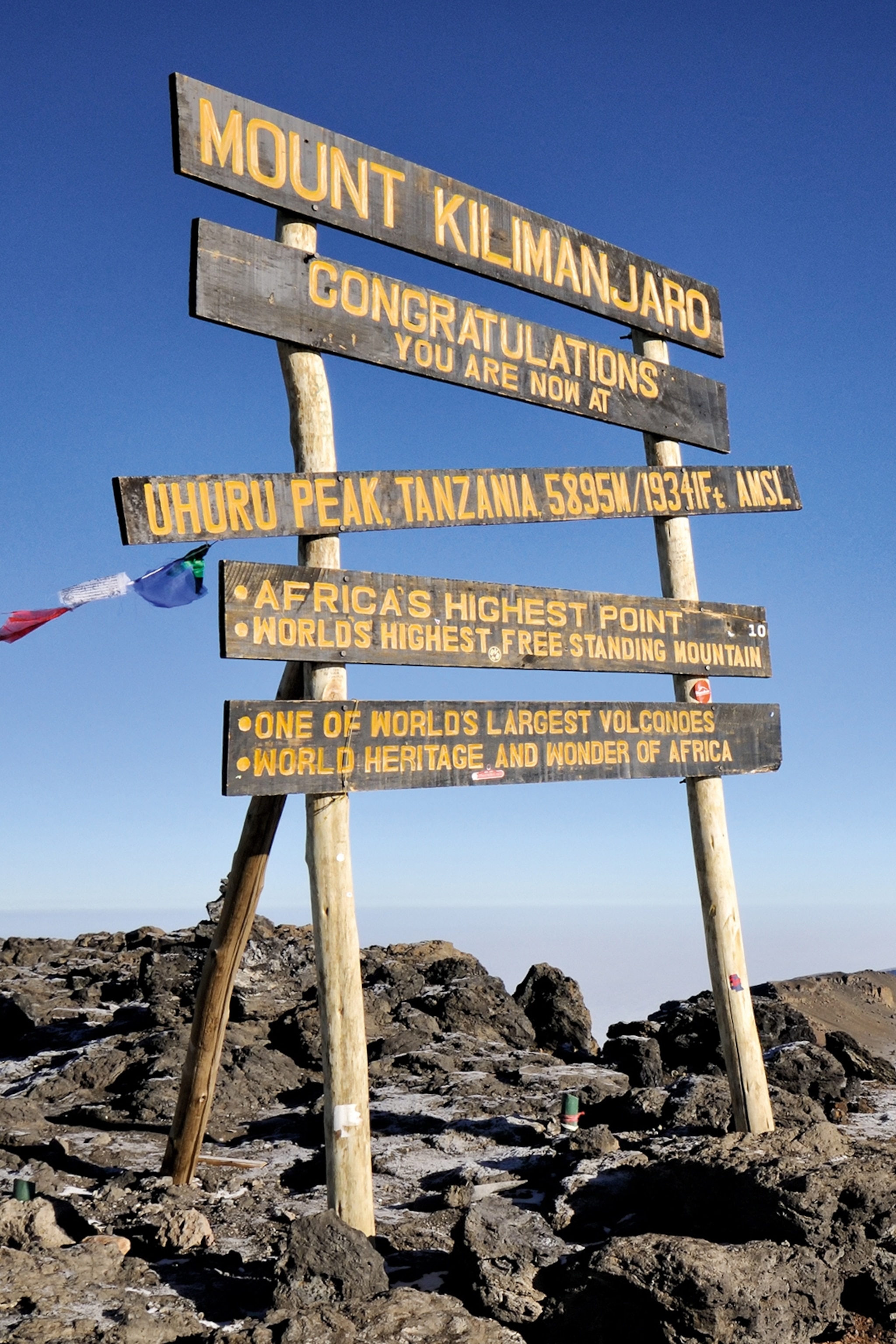

How much does a guided expedition cost?
A longer climb will be more expensive, but it’s important to weigh the risks of struggling at altitude or failing to summit on a rushed climb versus the extra money spent on taking it slow and increasing your chances of reaching the top.
The dry seasons are the optimum time to climb, running from January to March and from June to October. “These months offer the best chances of clear skies and dry conditions, which can make the climb easier and more enjoyable,” Jon says.
But don’t underestimate the temperature variation, both as you ascend and over the course of the day. At the base, temperatures can reach up to 30C, while at the summit, they can drop to as low as -20C at night. “The temperature drops by around 6C for every 1,000 metres of altitude gain,” he adds.
Which route should I climb?
There’s a network of seven official routes up Kilimanjaro, with some link-up combinations. “It’s difficult to pinpoint the best route for climbing Kilimanjaro as it depends on individual preferences and fitness levels,” Jon says.
Routes vary in length, steepness, popularity and scenic variety. Your tour operator can advise on which of their routes fit both your ability (for example, a more gradual climb) and expectations (the best views versus quieter paths). The Marangu route is the busiest. It’s the only route with huts and is easily accessible from Moshi with one of the shortest climbs. It can be done over five days, but the lack of time to acclimatise impacts its success rate and the descent retraces the ascent route, which limits views and causes two-way traffic.
A longer choice is the Machame route, enabling slower acclimatisation, while the even longer Lemosho is quieter and has the best views. Both have high success rates. The moderate, remote Rongai route is the only one to ascend from the north and offers good monkey-spotting opportunities. For experienced climbers, the Umbwe is the shortest and steepest.
How many days should I plan for my trip?
Most teams summit and descend in around five to nine days. The climb is best done in ‘pole pole’ style, meaning ‘slowly’ in Swahili. “Create your own rhythm and go at a consistent pace from day one so that by the time the steepness increases, you can handle it,” Joshua says.
Having more days in hand to climb maximises your chances of summiting. “You’ll have plenty of time to acclimatise plus the opportunity to climb higher and sleep low,” he explains. The descent is usually split over two days.
Additional activities in the area include visiting caves and waterfalls in the national park, touring banana and coffee plantations, or going on a safari.
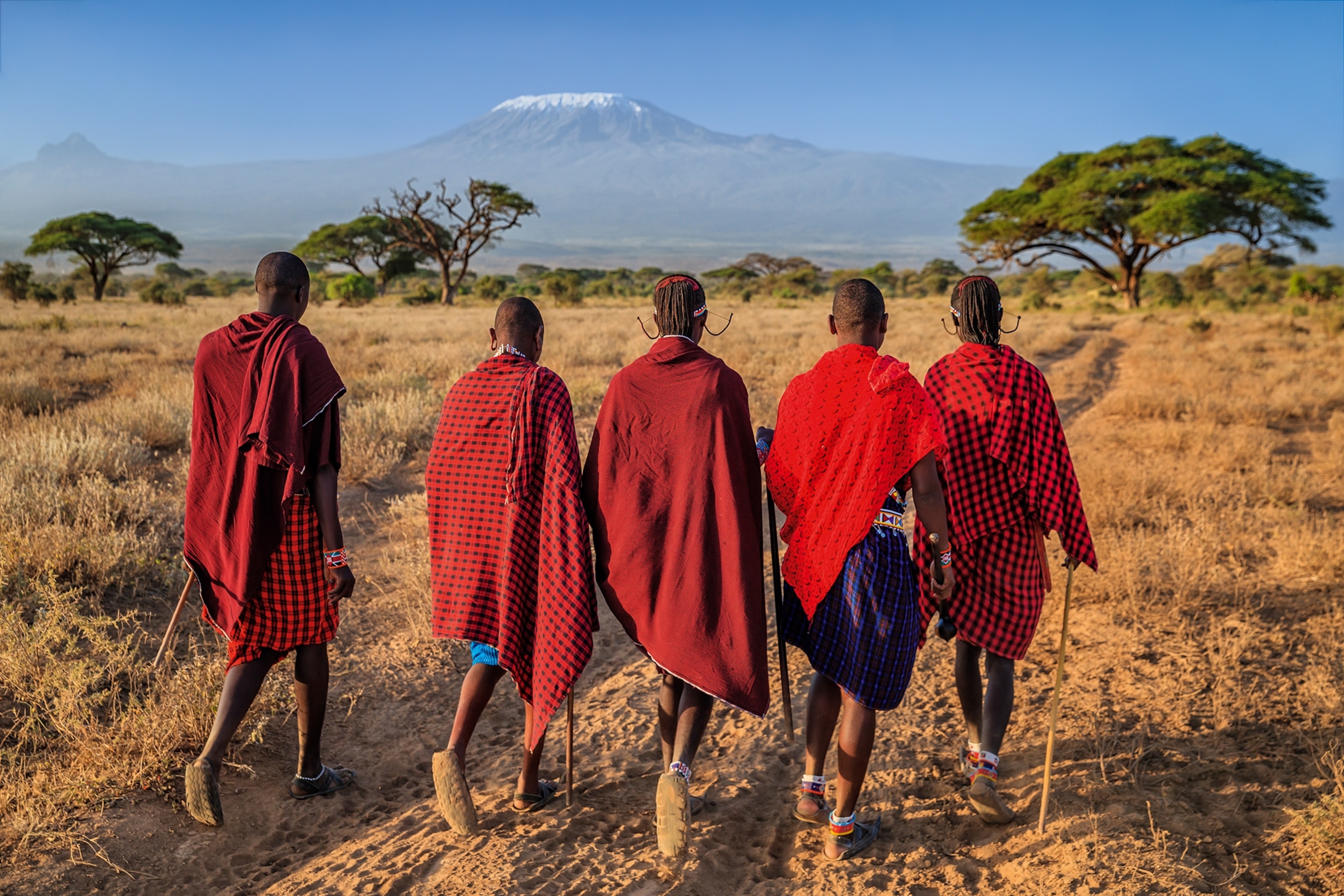
What equipment do I need?
A good operator should provide you with a kit list and hire options. Since the routes pass through five climate zones, you’ll start in the humid rainforest and summit in a windy arctic landscape. Bring plenty of layers so you can stay warm and dry at each stage. Start with breathable base layers and build warmth with a fleece and insulated jacket. Pack waterproofs, too, and thermal layers for night-time. Other essentials include comfy shoes, a cap for protection, sunscreen and a warm hat and gloves.
Key equipment includes trekking poles, a head torch and an insulated sleeping bag. Also take a rucksack with at least a 30-litre capacity and an in-built hydration system. Pack luxury items to make your climb as comfortable as possible (snacks, eye mask, inflatable pillow, etc.)
What are the main risks?
Altitude sickness (AMS) is the main risk and is the leading cause of death on the mountain. At altitudes above 2,500 metres, the oxygen thins out, resulting in symptoms from headaches, dehydration, nausea and poor appetite to more serious and potentially fatal pulmonary or cerebral oedemas.
AMS can be mitigated by acclimatising properly, taking it slow, keeping hydrated and climbing with accredited, first-aid-trained guides who can spot symptoms developing and respond promptly with bottled oxygen, as well as descend with the casualty if necessary. Responsible operators will also perform daily heart rate and pulse oximeter checks.
The climb can also be tough psychologically, especially since high altitude impairs sleep quality. To keep spirits up, guides often teach the song Jambo Bwana, which means ‘hello, sir’ in Swahili. “It’s a motivational theme tune,” Joshua says.
What ethical considerations should I be aware of?
A UNESCO World Heritage Site, Kilimanjaro is sacred to the local Chagga people, revered as a source of life and fertility.
Respect the local people and environment. Check the sustainability credentials of tour operators. Follow the ‘leave no trace’ principle: don’t litter, use the camp toilets where possible and keep to marked paths. Single-use plastic is banned in the national park, so pack a reusable bottle or hydration system. Weigh-ins ensure that porters are not overloaded and rubbish is also weighed to deter littering.
Climate change is causing Kilimanjaro’s summit glacier to vanish. Deforestation has exacerbated its effects, leading to warm, dry air blowing up the slopes. In an effort to offset your carbon travel footprint, consider donating to a local tree-planting organisation to help cool the air through the evaporation processes and shade provided by forests.
At the summit, don’t touch the remaining ice cliffs. “Poor guides allow clients to climb the delicate, fragile glacier and it causes them to collapse,” Joshua says.
To subscribe to National Geographic Traveller (UK) magazine click here. (Available in select countries only).
